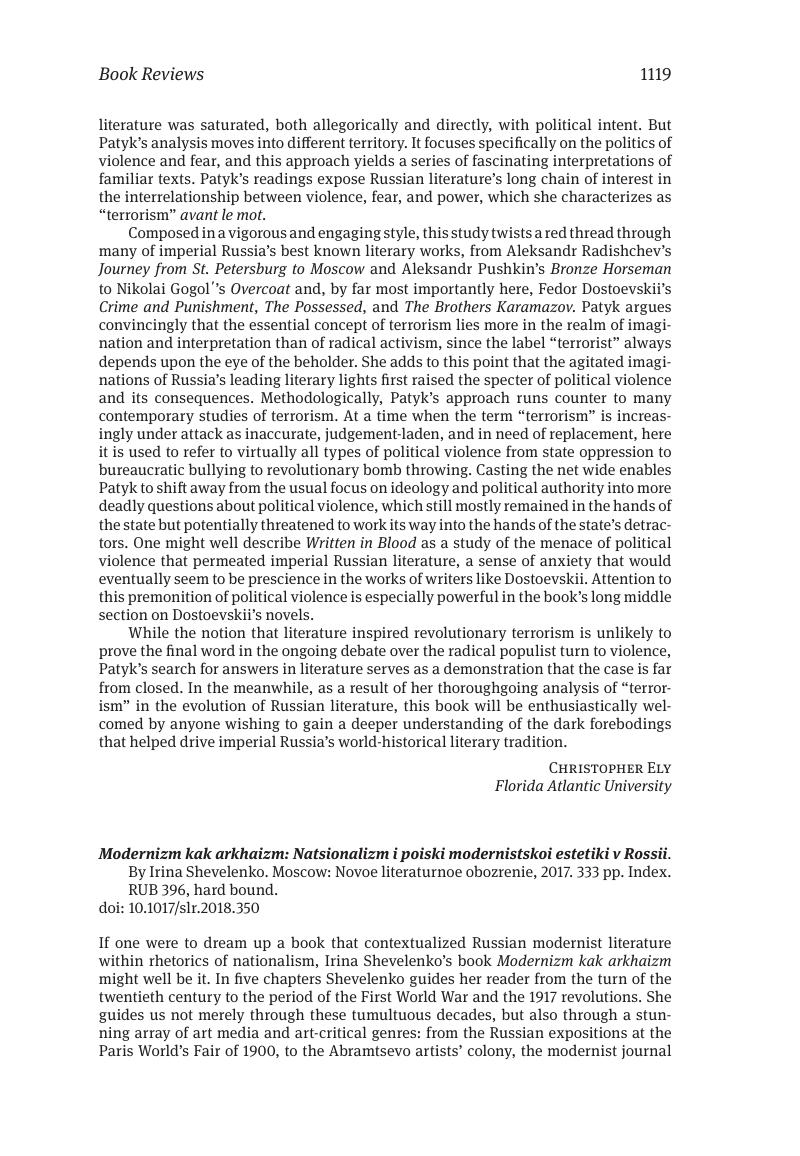Crossref Citations
This article has been cited by the following publications. This list is generated based on data provided by Crossref.
2019.
The First Third of the 20th Century as a Literary Era: Common Cultural and National Features in Russian and Ukrainian Literatures.
The Journal of V. N. Karazin Kharkiv National University, Series "Philology",
Fedotova, Svetlana V.
2020.
Mapping out Methodological Approaches to Russian Symbolism (on the Example of Vyacheslav Ivanov).
Studia Litterarum,
Vol. 5,
Issue. 4,
p.
38.



